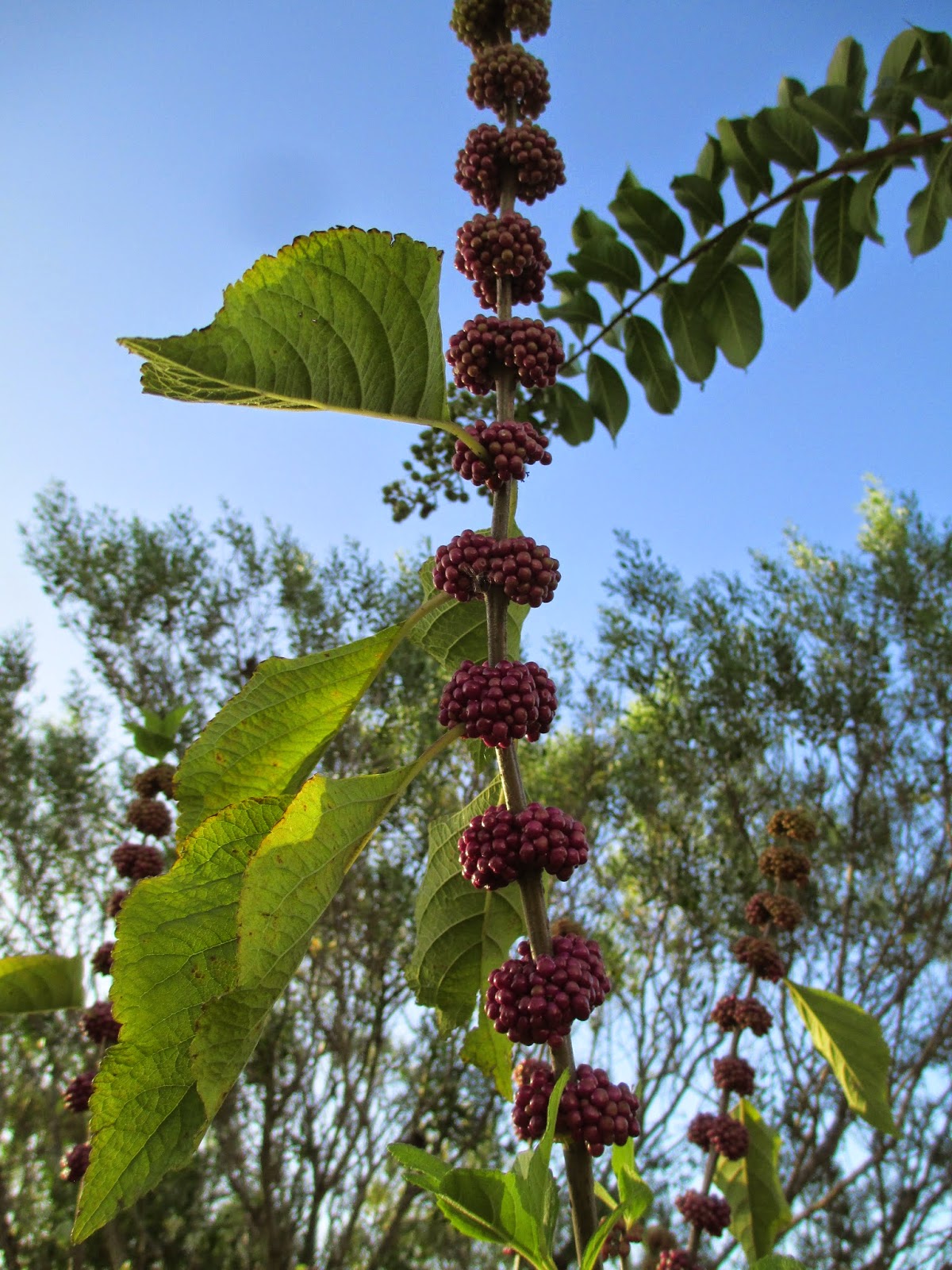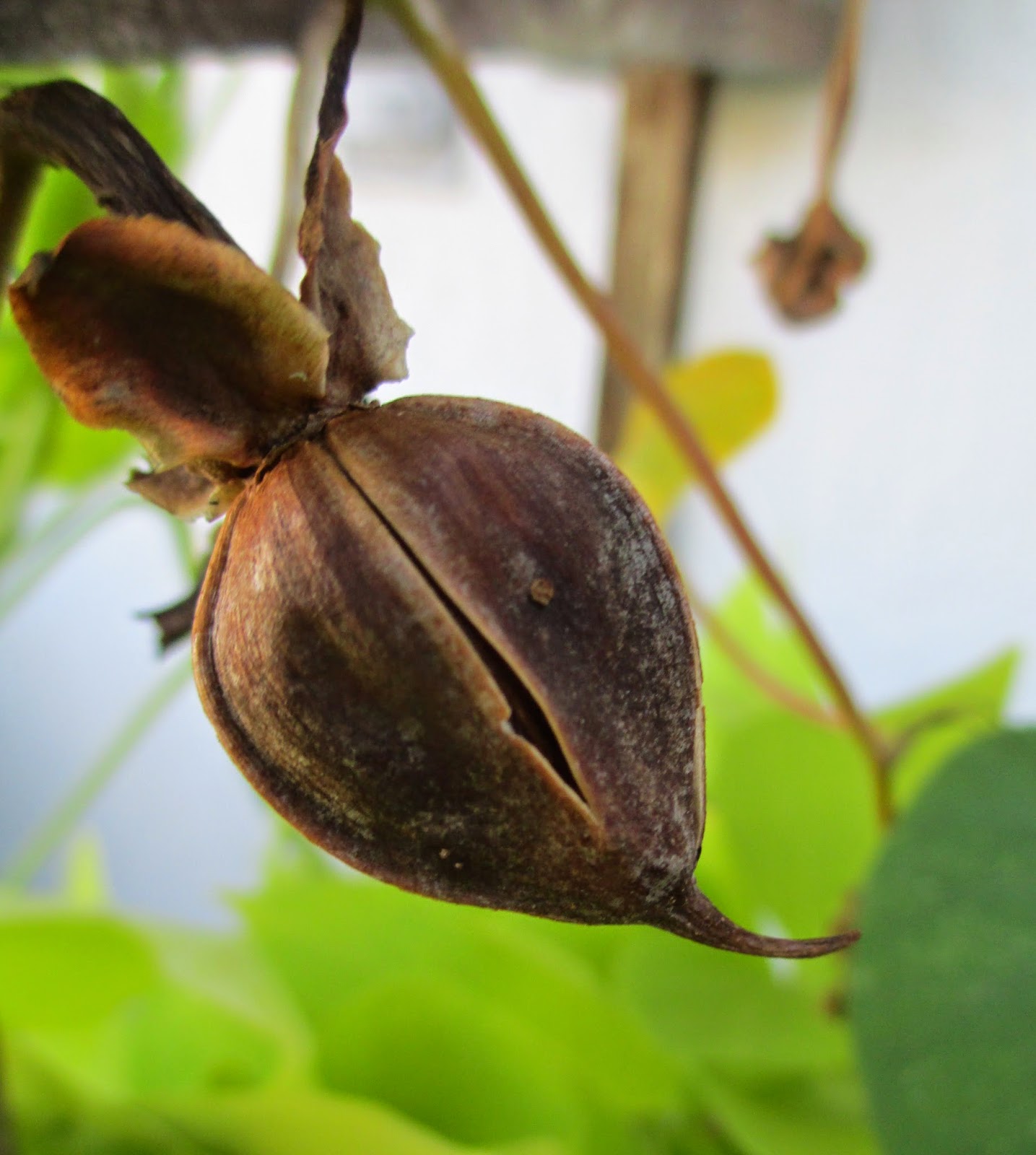I recently discovered that I am able to eat dairy products.
After avoiding them for over 40 years,
it's a treat being able to enjoy a greater variety of good, wholesome foods.
(Okay, the chocolate ice cream doesn't really count.)
Another area in my diet that has been drastically altered has been by choice.
Refined sugar wreaks havoc on my body,
causing skin breakouts and yeast infections,
so I do my best to keep it out of my diet.
I'm a label reader and a scratch cook,
so it's not that hard to do.
Having recently been diagnosed with osteoporosis,
I was encouraged to take a calcium supplement twice a day.
I merely crush it (those pills are HUGE) and add it to yogurt.
With few exceptions, the yogurt on the grocery store shelf
had more sugar in it than I wanted to consume. So, I decided to make my own.
When I found this recipe for crockpot yogurt, I was sold.
I'm not one to buy gadgets that serve only one purpose,
so this recipe allowed me to employ my crockpot for yet another use!
It's so easy and it tastes fabulous!
This recipe is for a small amount,
because I wanted to make sure I liked the results,
but you can double or triple the recipe.
My friend Jackie, at Born Imaginative has been exceedingly encouraging and helpful.
You can find her post on the subject here.
How much do I love that I can cross another item off the grocery list forever?
Whoo-hoo!
Gettin' to be more of a homesteader every day!
Crockpot Yogurt
Place 2 C of whole milk in crockpot.
Turn crockpot on low for 2 ½ hours.
Unplug crockpot.
After 3 hours, mix in yogurt starter (about a 1/4 C of plain yogurt).
Wrap entire crockpot pot in a heavy towel to insulate overnight.
(Crockpot remains unplugged.)
In the morning, it will be done.
If you like your yogurt a bit thicker,
Jackie suggests adding some nonfat powdered milk
when the yogurt starter is mixed in.
Add whatever flavorings you like-
vanilla, jam, honey or whole fruit.
Be sure to save a bit of plain yogurt from each batch
so that you can start the next one.
This keeps well in the fridge for at least a week.
Enjoy!





























































